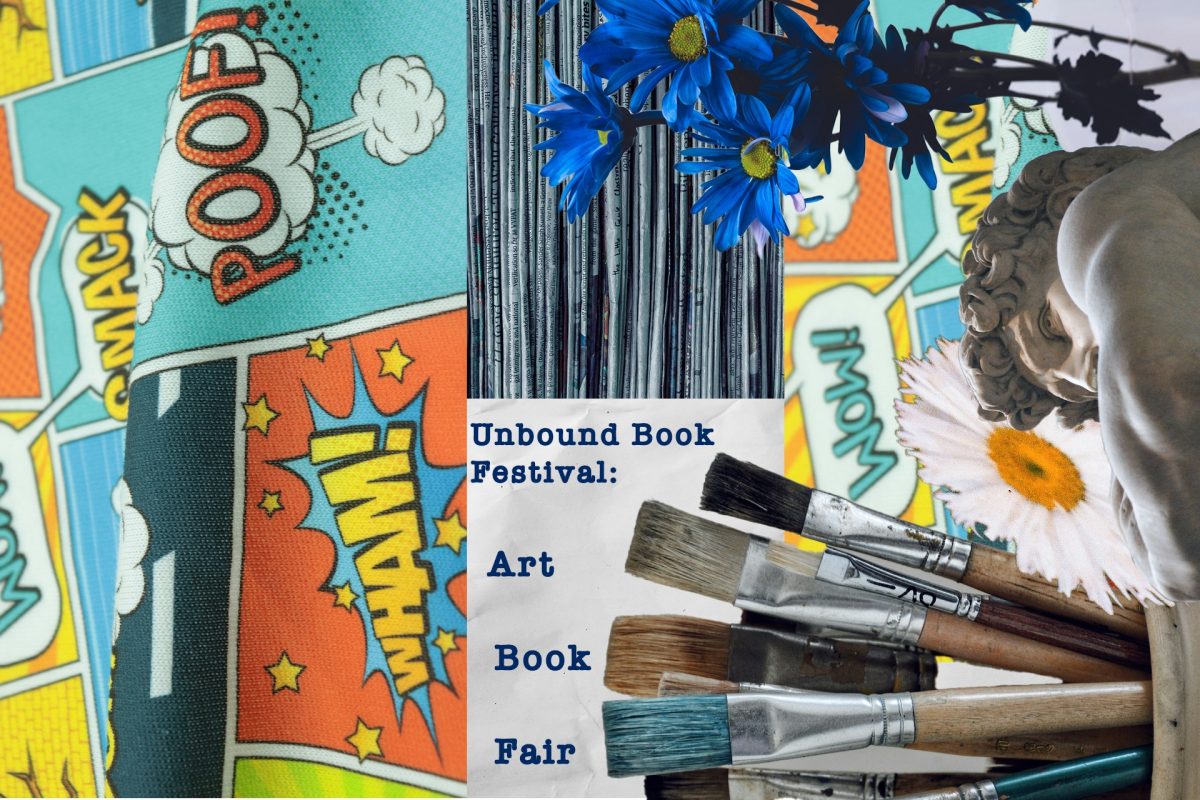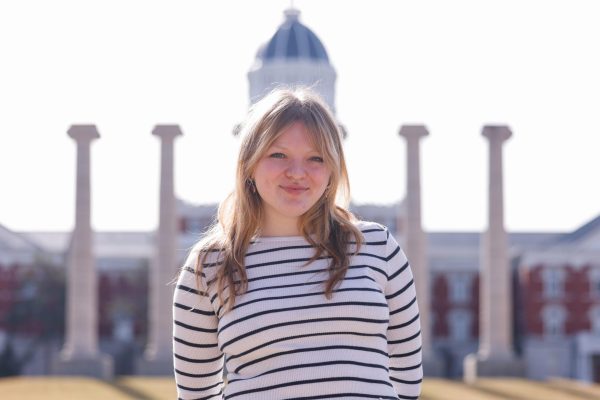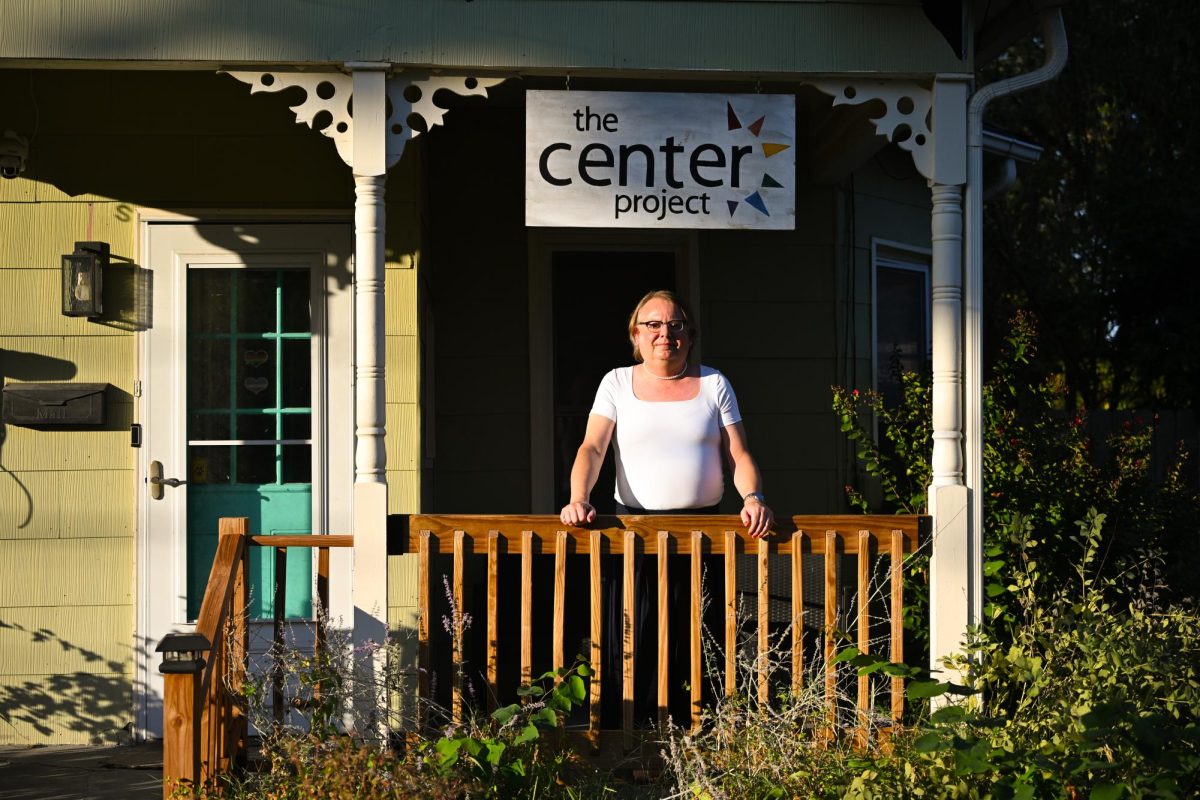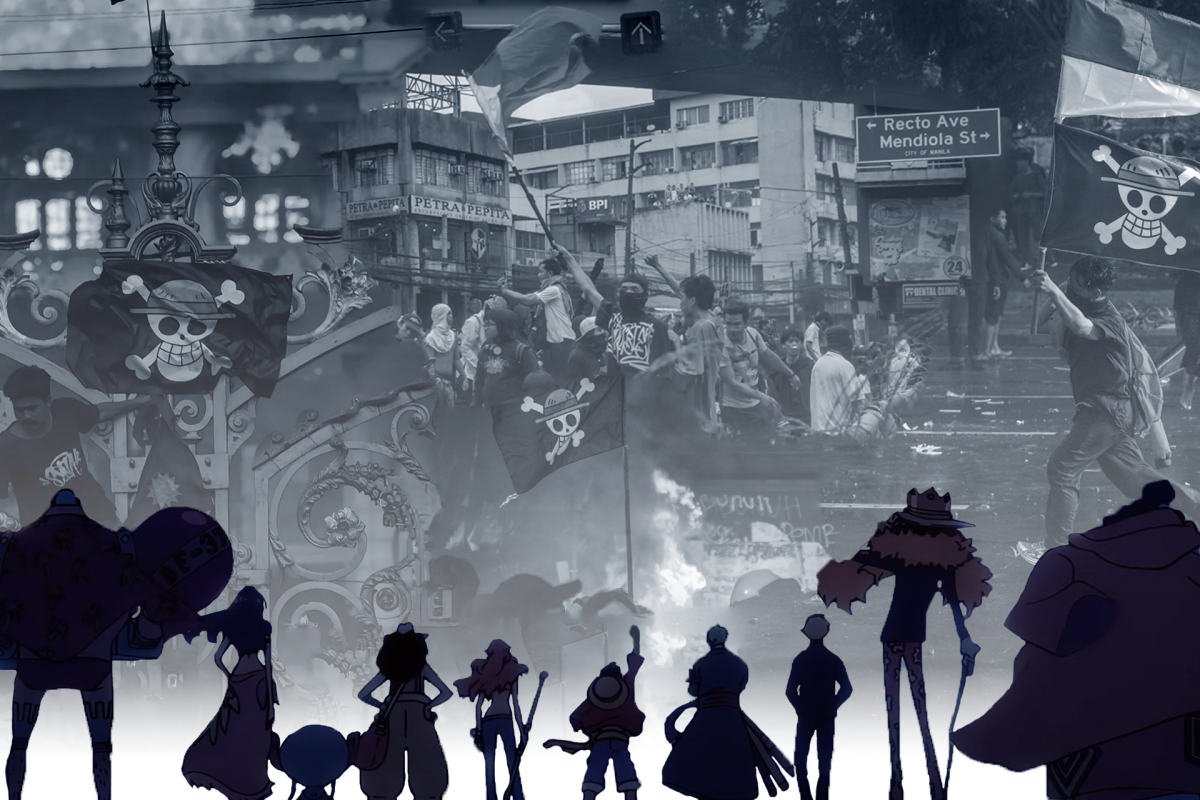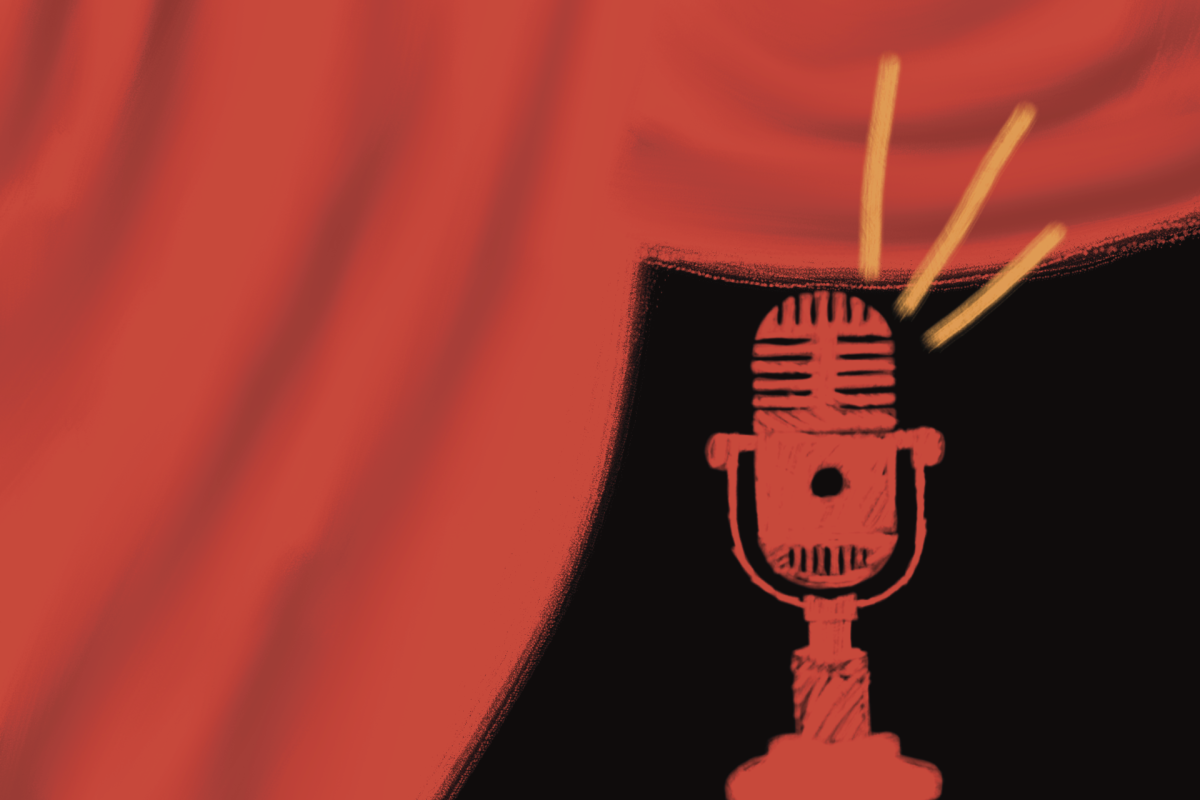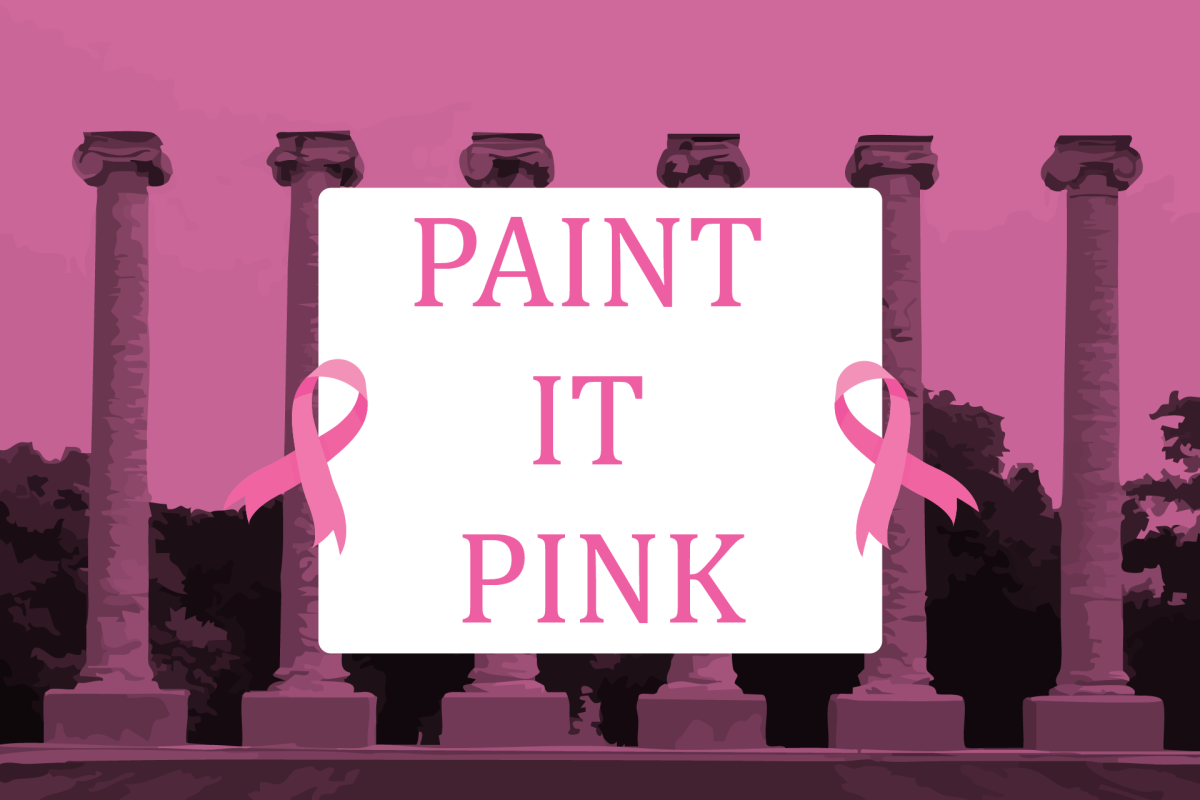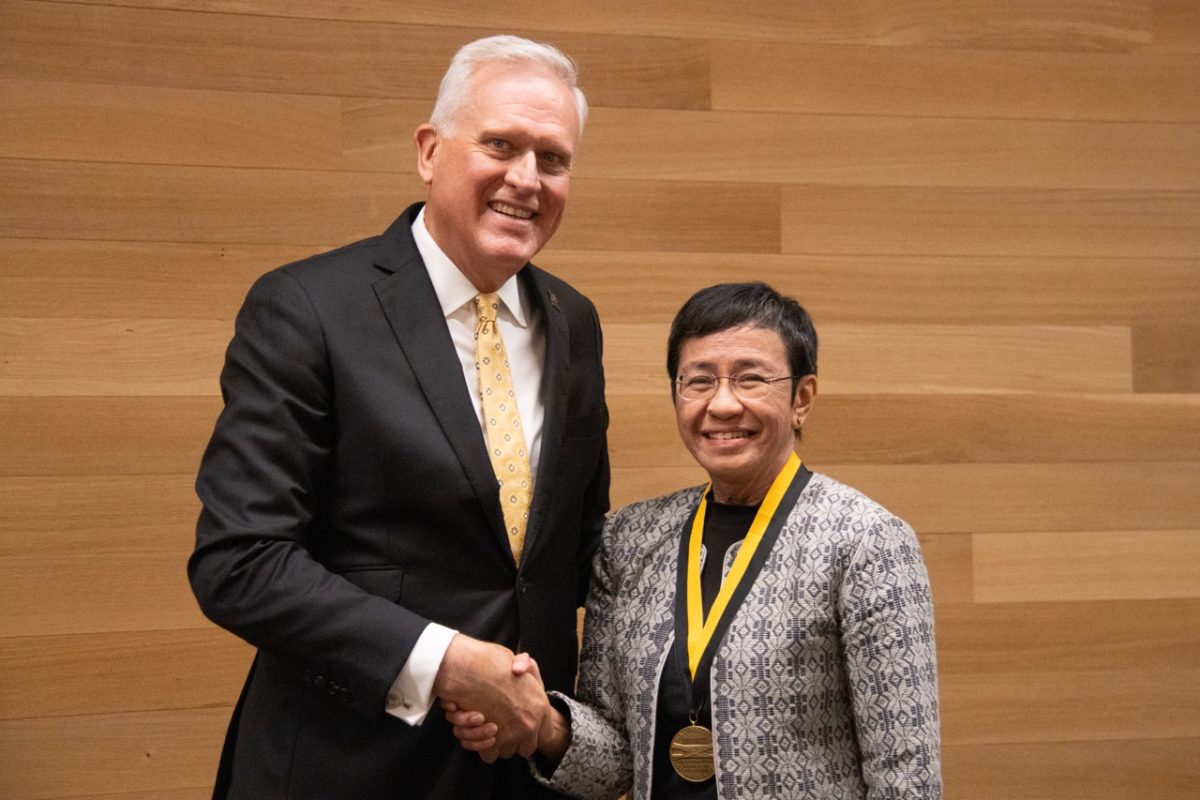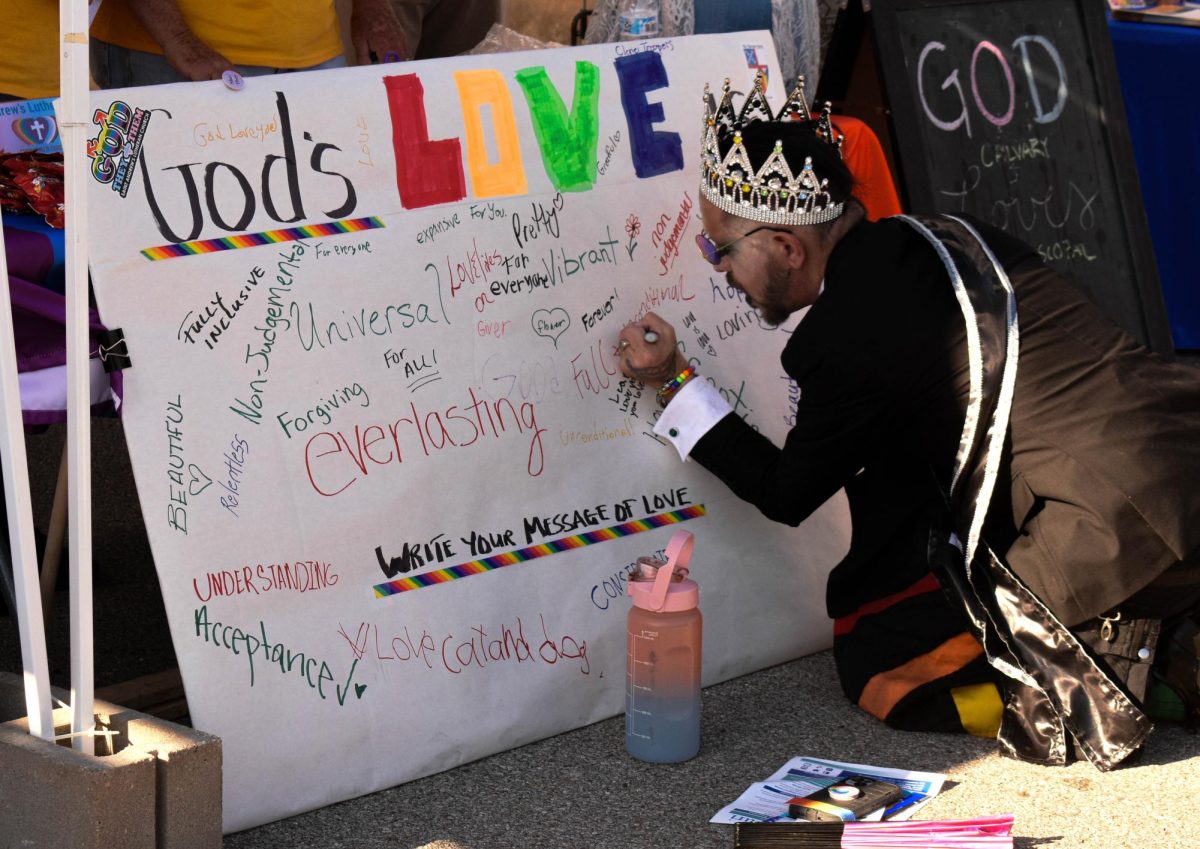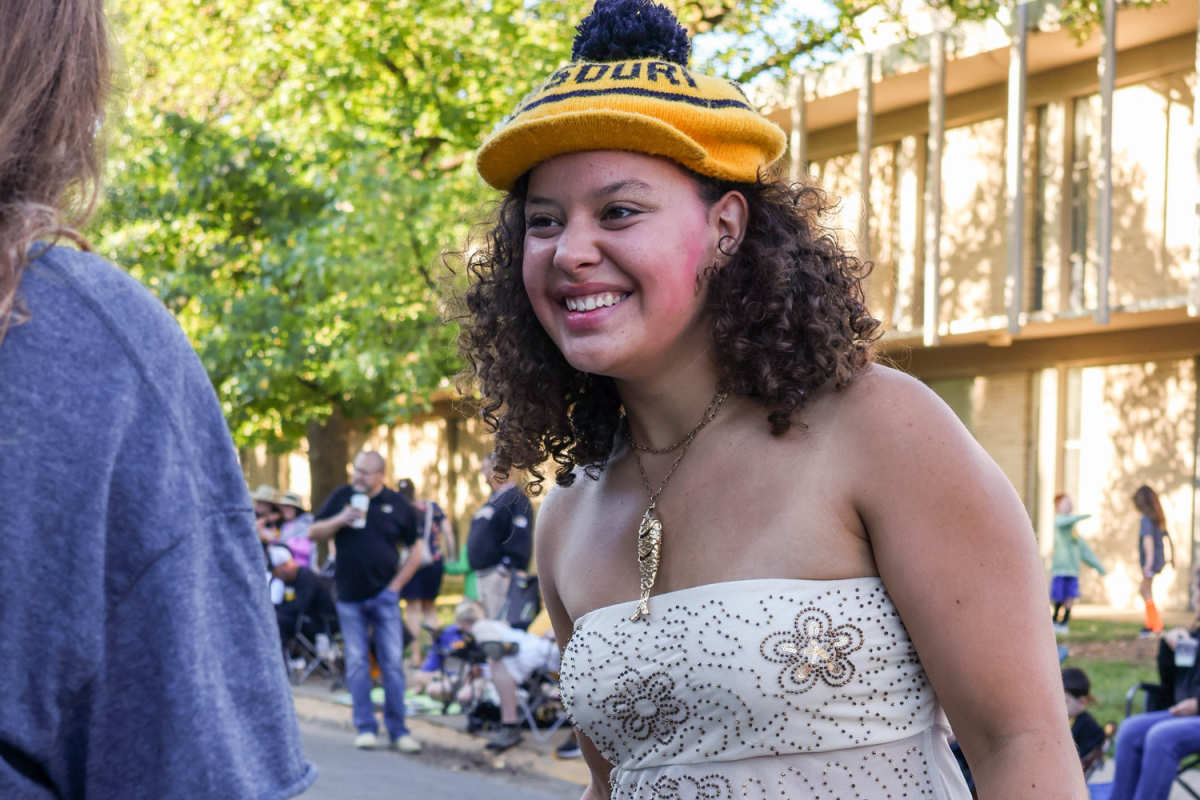A zine titled “How to love like a bug,” comic books, one-of-a-kind stickers and a newsletter about growing up queer all find their homes in the artist-run gallery space, Stop-Gap Projects.
On Saturday, April 19, local and locally connected artists gathered in the gallery for a pop-up shop to sell art prints, zines and books. The event lasted from noon to 6 p.m. and was a part of the three-part ‘Fold’ show, all hosted in the same space. Until May 2, the exhibition — which includes the work of more than 70 artists — will be open for viewing. Though having a Midwest focus, the show welcomed artists from around the globe. Additionally, the space was a part of the Unbound Book Festival’s LitCrawl, for its ThreeFold Reading on April 17.
“It started with the idea of the exhibition, and then the exhibition as a sort of community library,” said Anna Wehrwein, co-founder and director of Stop-Gap Projects and a professor in visual studies at the University of Missouri. “[At the exhibition], everyone was looking and reading, but we’re like, ‘What if you want it yourself?’”
The idea prompted Wehrwein and her colleague Igor Arume to curate the show and include the mini book fair. This event allows attendees to put a face to the art, and buy directly from the artists to support their work.
“I will be here [for] 10 hours,” Arume said in the first hour of the fair. “And then we’ll get rid of that and the show will be back to the center stage.” Arume co-founded Risotrip Print Shop in Rio de Janeiro and has been spreading the joy of RISO printing in Columbia for two years.
For those unaware, a “zine” (short for magazine or fanzine) is a “small-circulation self-published work of original or appropriated texts and images”, according to Wikipedia. They are often a medium for subcultures and marginalized groups as a means for connection and communication.
Countercultures, like DIY punk movements in the ‘70s, produced zines quickly due to the widespread availability of copy shops. The underground feminist movement from the ‘90s in the U.S., Riot grrrl, used the art form to spread political messages.
LGBTQ+ communities in particular have continued to use zines as a means for upholding history, expressing one’s sexuality and uniting people through creative freedom. RISO printing is one way to create a zine — MU even has a RISO Room in the Fine Arts Building.
Events like the art book fair aim to increase awareness of this art form as well as the artists keeping it alive.
“I’m connecting Columbia with a broader discourse. And that’s one of the main goals of the space in general,” said Wehrwein, who has made the area not only an extension of the ongoing Unbound Book Festival, but also her own. “We’re usually a gallery space . . . but it’s been fun to sort of reinvent with every show.”
The gallery itself is made up of one room, only a bit bigger than my first-year dorm — but it is utilized to its utmost potential. Walking into Stop-Gap Projects is like entering a living room to chat with old friends. The warmhearted energy envelops everyone who joins to share the gift of art and community — and to support the artists with your dollars, of course.
I spoke with Raven Waltemyer, an MU graduate and tabler at the pop-up, who uses the pseudonym “ur friend lizard” for their art. “I started using it when I made my first zine, and I would just hide them all over campus,” Waltemyer said. “ I thought it was a silly name that kind of embodies what my work is, which is expressing my brain, my silly little brain, through sometimes animals, sometimes post-its, and sometimes really sad projects.”
“ur friend lizard” expressed excitement about having sold a mini zine titled “Hey Kid,” inspired by their “lifelong fascination with animals.” True to the historical use of zines, they use the art form to express common ideas. As The New Yorker put it, to create and consume zines is to participate in “a long tradition shared by the young and alienated, people who were enamored with the fringes of culture.”
“Indigeneity in writing is an interesting concept, since a lot of, like, the need to write things is based in white supremacy,” Waltemeyer said. “But I feel like Indigenous people have kind of broken through that and we’ve made it our own, which is really cool.”.
Looking around Stop-Gap Projects in the midst of the art book fair is to witness people born countries apart share their different creative mediums and ideas. It was a cross-section of art from many corners of the world.
I’ve met a lot of these people at different art and book events in the area,” Wehrwein said, admiring the crowded gallery. “And through these networks of artists from spaces in the West . . . it’s been great to sort of bring people together in that way.” She then pointed to two artists chatting, one from China, the other from Iowa. “Like, they [didn’t] know each other, but now they do!”
All attendees felt the importance of an event like this; consumers not only leave with the satisfaction of supporting small artists but also a unique, often one-of-a-kind art piece. Artists get to sell their original art, promote their businesses, gain exposure and connect with a community.
“Being in this creative space that is, like, so well curated with other awesome artists, it really feels so welcoming, and I feel like it allows for us as artists to have more artistic expression,” “ur friend lizard” said. “We also don’t have to worry about how other people are going to perceive us, because we’re amongst fellow people who are here, also being vulnerable on paper.”
If you missed the art book fair, you can still see the exhibition until it closes for viewing on May 2.
Edited by Alyssa Royston | [email protected]
Copy edited by Natalie Kientzy | [email protected]
Edited by Emilia Hansen | [email protected]
Edited by Annie Goodykoontz | [email protected]


